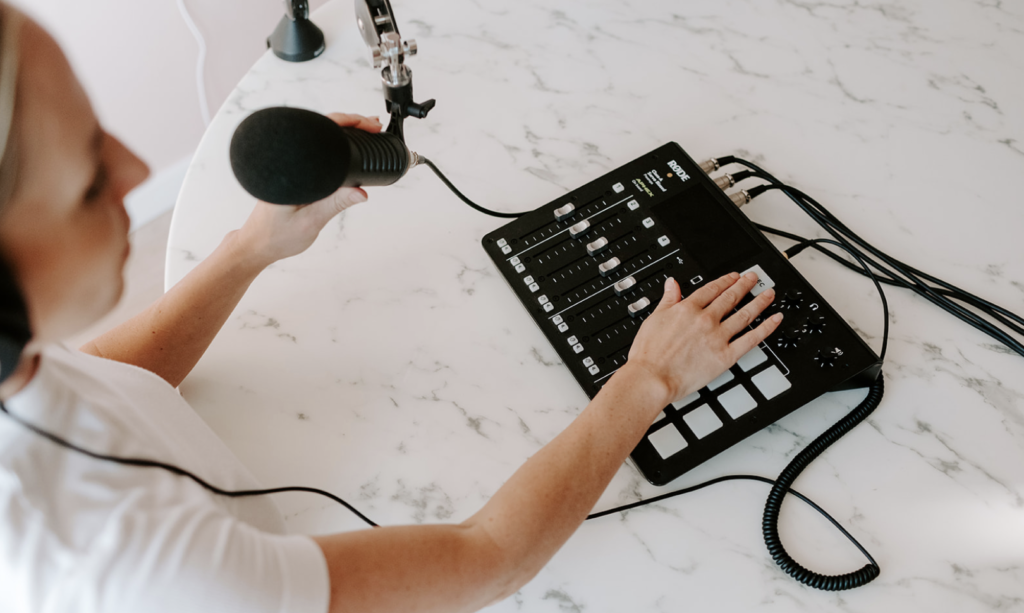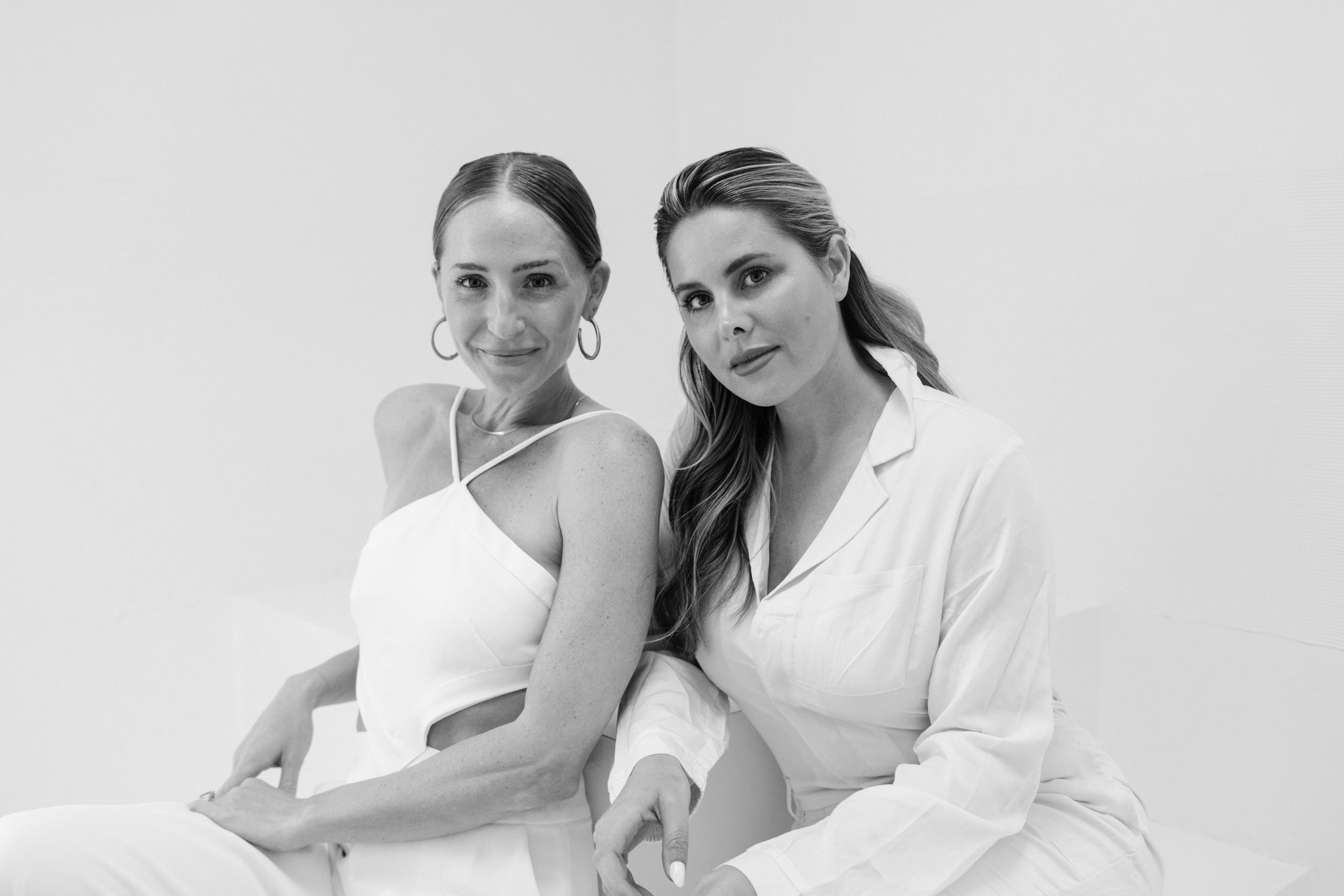Summary
Developing the right format and structure is extremely important for your podcast. There are different formats to consider, from interview style to solo, plus a whole lot of combinations. Then, there’s the actual structure of the show you’ll want to consider too!
In this post you’ll learn:
- Various show formats — interview style, solo, narrative/journalistic, news
- How to poll your target audience
- Why deciding on a structure is important
- An example of our show structure
- How to enroll in our PodcastPro program

Let’s talk podcast format and structure! These may not sound like the sexiest topics, but trust us, having a consistent format and structure is so important for your podcast. It tells your audience what they can look forward to each time they tune in. Everyone likes to know what to expect!
We suggest trying out a few formats and structures until you find what feels most authentic to you and your show.
Here are some podcast format options to consider:
Interview Style
The host interviews experts, thought leaders, notable figures, or simply anyone with a compelling story.
Solo
A solo host speaks directly to the audience. This style is often done by comedians.
Narrative/ Journalistic
The host tells a long-form story that unfolds over many episodes.
News
The host informs the audience on current events and gives fresh insights into the news.

You can combine any of these structures or create your own — pave the way!
If you’re not sure how to decide, ask your target audience what they want to see by doing market research. You can create an Instagram Story and ask your followers using a poll. Or, if you already have an email newsletter or blog, you can do a survey via Survey Monkey or Survey Gizmo.
It’s not only important to decide on a format — structuring your show is also a huge part of building a successful podcast. You can definitely play within the structure, but make sure you have a general outline to help you stay on track.
Here’s an example of our show structure to give you an idea:
- Welcome
- What this is (what the show is about, an introduction to who you are — this can be brief if you have a longstanding show)
- What you’re talking about this week on the podcast
- Show content
- Closing
- Show summary and call to action to subscribe, share, etc.

As your podcast evolves, your structure may too. With an established audience, you’ll need less time to explain who you are and what your show is about. You may also get more comfortable and conversational over time.
Still, it’s important to stick to a general outline and hit all your key points. When this is consistent, your show will flow naturally and your audience will be able to sit back, relax, and enjoy your content!






add a comment
+ show Comments
- Hide Comments